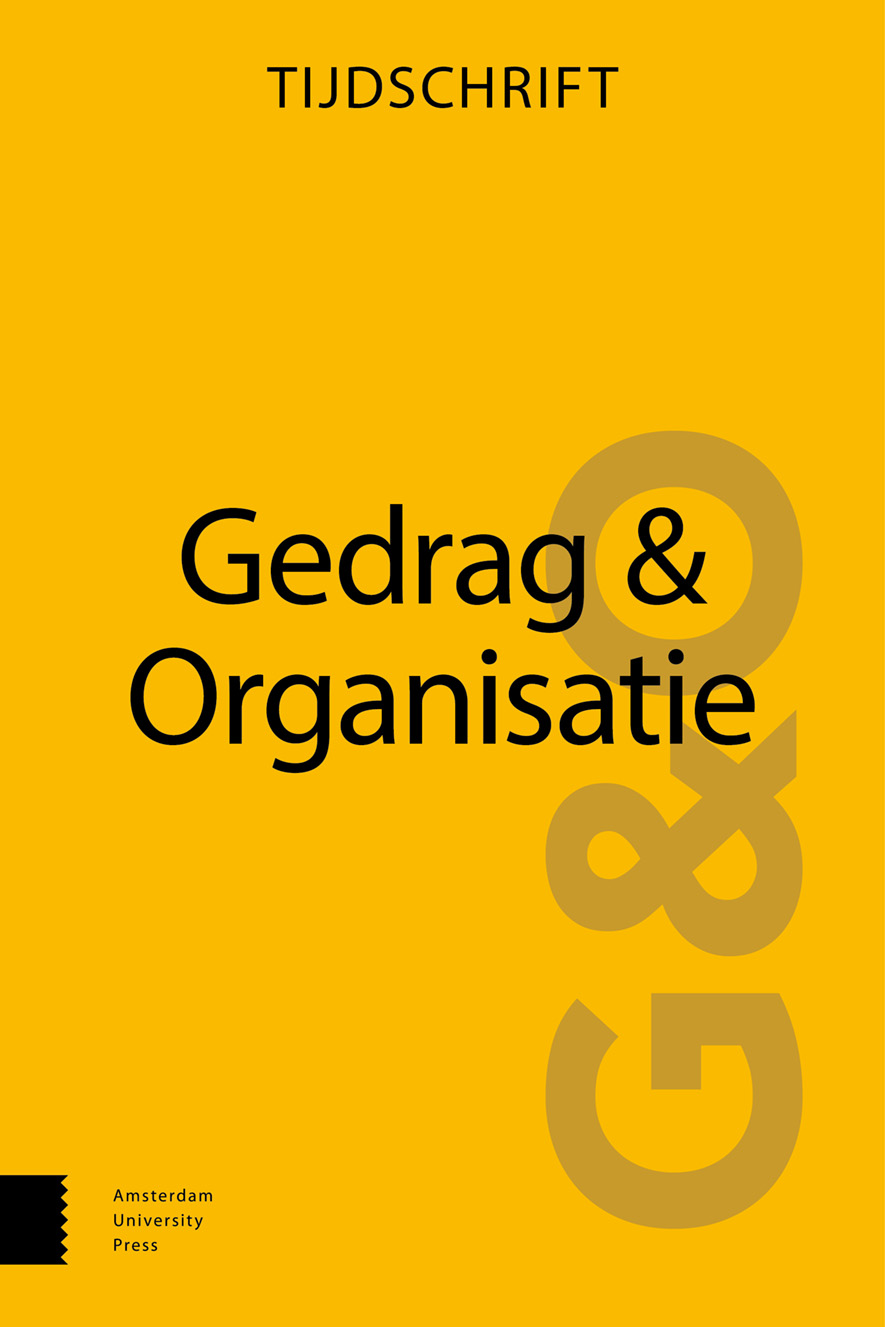
Full text loading...
We use cookies to track usage and preferences.I Understand
 , van Engen Marloes2
, van Engen Marloes2 , Stefan van der Meer3, Sanne van Gestel4 & Kristýna Odstrčilíková5
, Stefan van der Meer3, Sanne van Gestel4 & Kristýna Odstrčilíková5
In deze studie veronderstelden wij op basis van de zelfdeterminatietheorie dat naarmate medewerkers het gedrag van hun leidinggevende als meer inclusief zien, zij meer autonomie, verbondenheid en competentie ervaren in hun werk. Tevens veronderstelden we, op basis van de optimale distinctiviteitstheorie, dat deze relatie sterker is naarmate medewerkers een grotere persoon-team fit ervaren. 222 werknemers rapporteerden via een online vragenlijst in hoeverre zij autonomie, verbondenheid, competentie en (supplementaire en complementaire) fit met hun team ervaarden en de mate waarin hun leidinggevende inclusief leiderschapsgedrag vertoonde. Onze analyse bevestigde de relatie tussen inclusief leiderschap en autonomie, verbondenheid en competentie. Team fit modereerde de relatie tussen inclusief leiderschap en behoeftebevrediging, maar anders dan verwacht. De relatie tussen inclusief leiderschap en ervaren autonomie en verbondenheid was sterker wanneer medewerkers een lage supplementaire team fit ervaarden. De relatie tussen inclusief leiderschap en ervaren autonomie en competentie was sterker wanneer medewerkers een lage complementaire team fit ervaren. Daarnaast bleek dat zowel supplementaire als complementaire team fit substantieel samenhingen met autonomie, verbondenheid en competentie. Onze resultaten benadrukken hiermee het belang van teamcontext in het begrijpen van uitkomsten van inclusief leiderschap.

Article metrics loading...

Full text loading...
References


Data & Media loading...

